How to prune camellias – and when to prune for more blooms
Follow this simple guide on how to prune camellias to keep one of your gardens’ most eye-catching plants happy and healthy
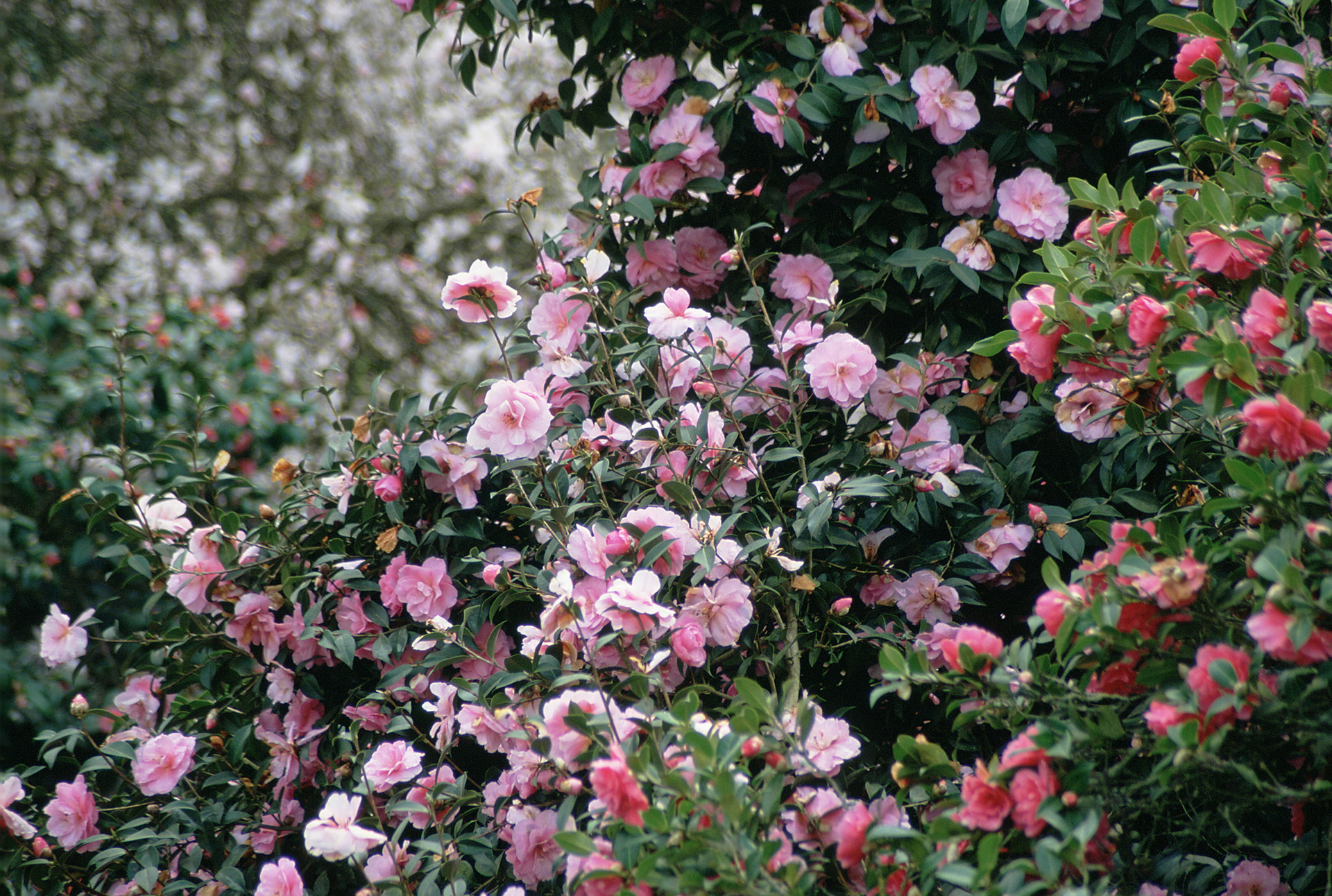
Learning how to prune camellias will maintain their eye-catching beauty for years to come. Camellias are a familiar sight in spring, drawing the eye with their early blooms, stark against their glossy dark leaves.
It's easy to learn how to grow camellias. The flowers range from deep red to white, bright pink to salmon pink and everything in between, so they make a wonderful addition for flower bed ideas. Some have loose open flowers, showing off yellow centers and other have tightly packed double or semi-double flowers in perfect geometric patterns.
If you have darker corners in your garden, camellias are great shrubs for shade to brighten a shady spot of the yard, but it's important that you maintain them well to keep these evergreen shrubs looking their best.
Camellias are a great choice if you’re thinking about container gardening ideas, and they can also be planted directly in the garden. Their native growing conditions are in part-shady woodland, so they don't like hot, sunny sites and need protection from wind, frost and morning sun that can damage the flower buds after a frost.
Read on to learn how to prune camellias.
How to prune camellias to keep them tidy
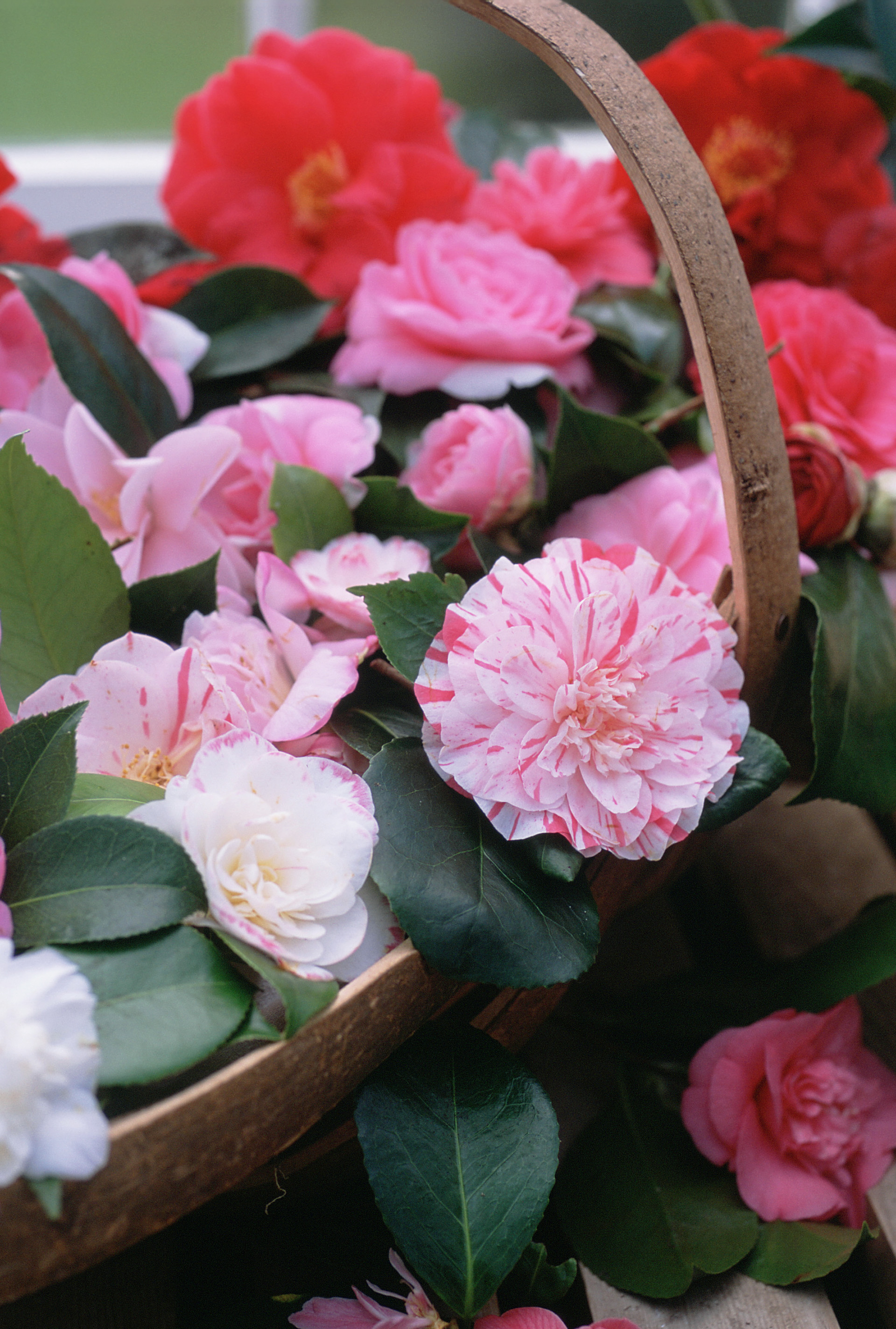
You shouldn’t need to prune a young camellia plant until it’s around 4 years old, other than keeping broken or diseased branches in check. It’s best to wait until it is well established with the right growing conditions before you decide whether or not it needs to be pruned.
When pruning any flowering shrub or plant, ensure that the blade you’re using is sharp and clean. It’s a good idea to sterilize your secateurs if they have been previously used to cut back a diseased plant.
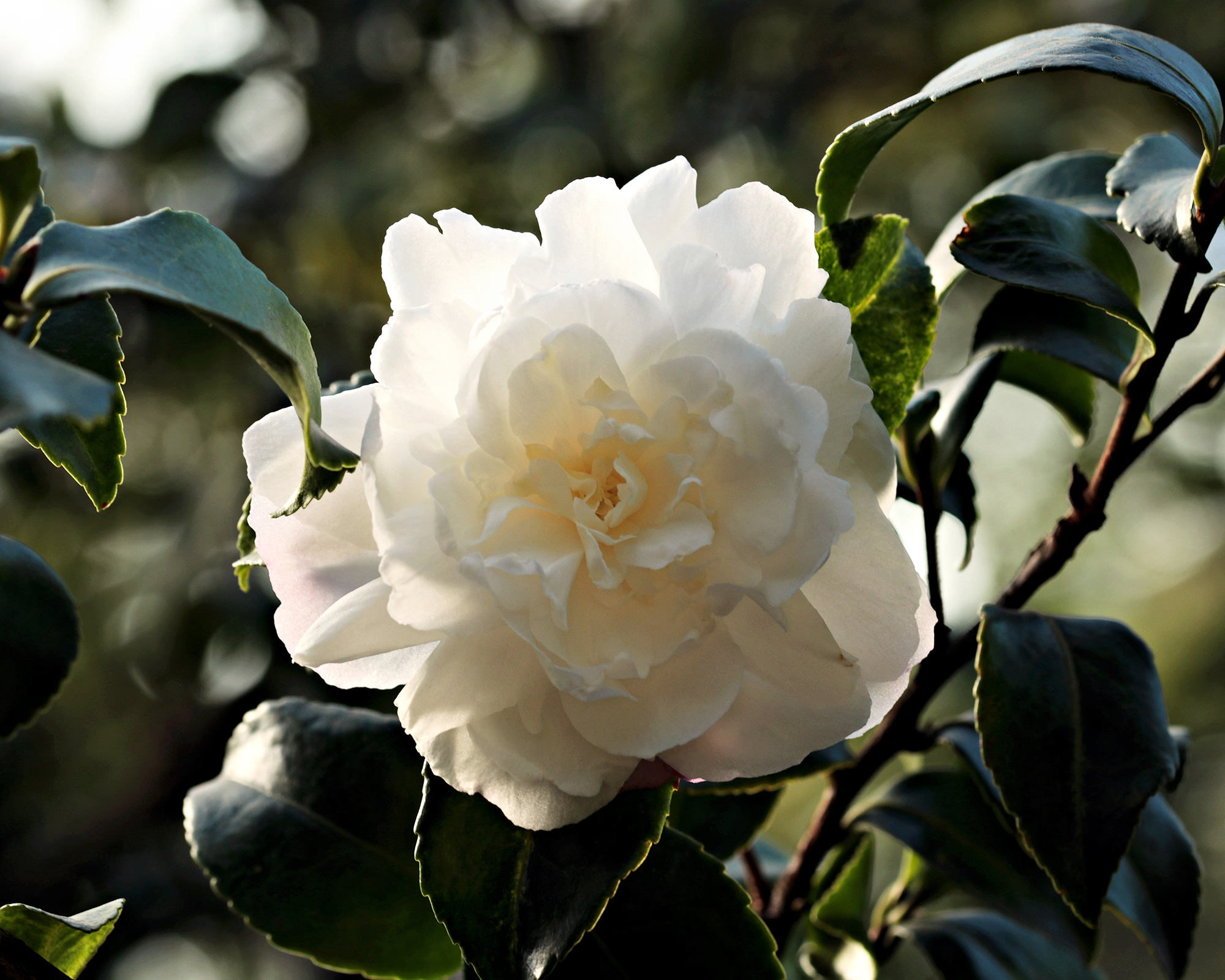
Jen Stark, master gardener and founder of Happy DIY Home says: ‘Camellias can benefit from you pruning them every few years to stimulate healthy growth and thin out the more twiggy branches. You should prune them in the late spring months (May or June) to allow sunlight to get to the shrub's interior.’ The exact time of pruning will depend on the hardiness zone where you live.
This late-spring prune to tidy the plant and reinvigorate it will be after the camellia has finished flowering. If you can, check the pruning instructions for your specific variety of camellia before going in with the blade. If you don’t know the variety, take a good look at its natural growth habit and prune accordingly.
How much to prune
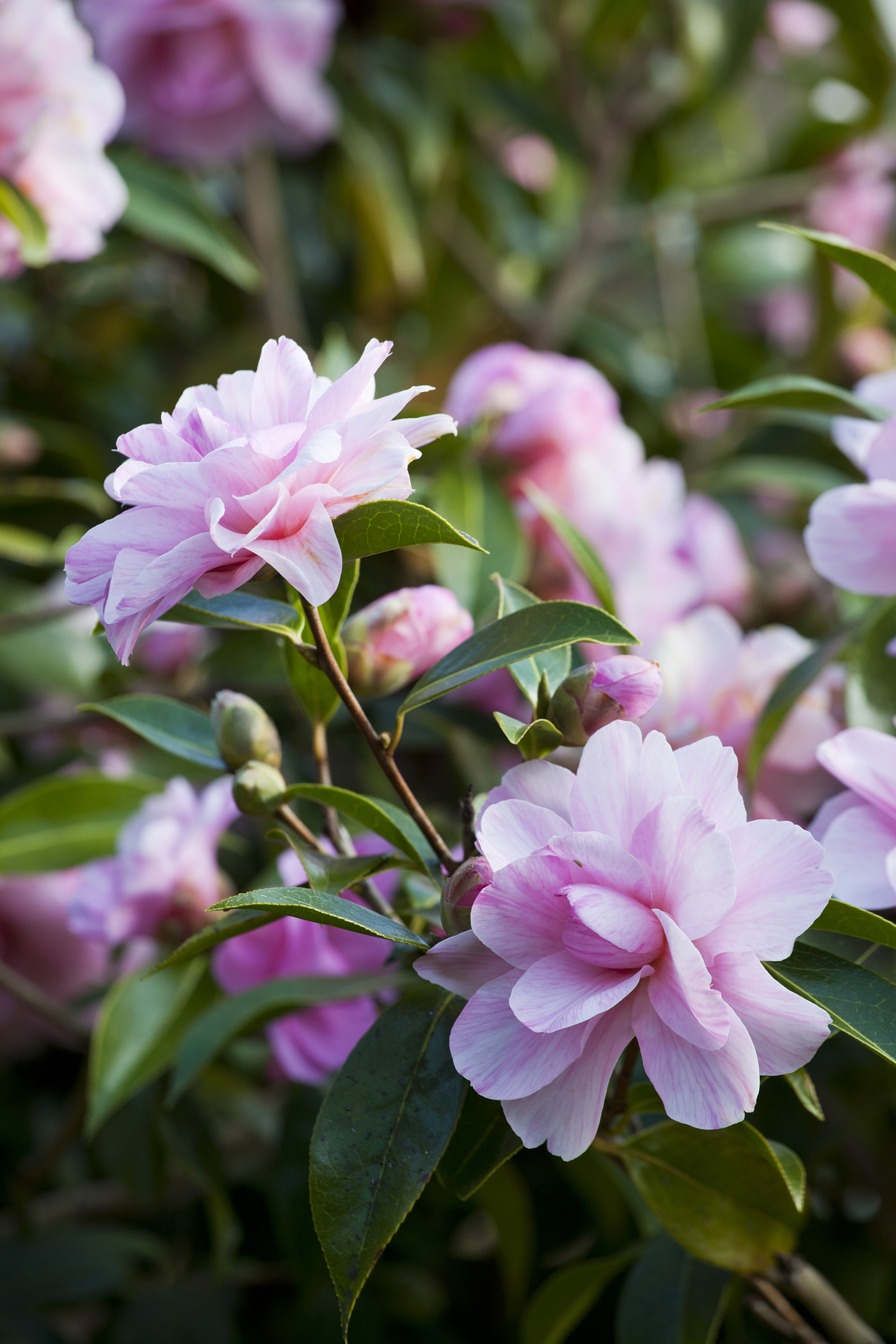
How much you cut off the branches of your type of camellia depends on the desired effect.
To encourage more growth and produce a taller, bushier shrub, trim 1 inch (2.5cm) off the ends of the branches.
To keep the camellia roughly at its existing height and spread, cut up to 3 inches (10cm) off the length of the branches
To reshape a very overgrown camellia you will need to prune it in two stages and sacrifice its flowers for the following season. Start with a drastic prune in late winter or early spring, reducing it by a third to a half of its former size – or more in extreme cases. As new shoots start to appear in the growing season you will prune again to thin out the bushy new growth from the centre of the plant to encourage fewer, but stronger new stems. They are fairly fast growing shrubs, so should soon regain their former size.
How to prune camellias to prevent disease
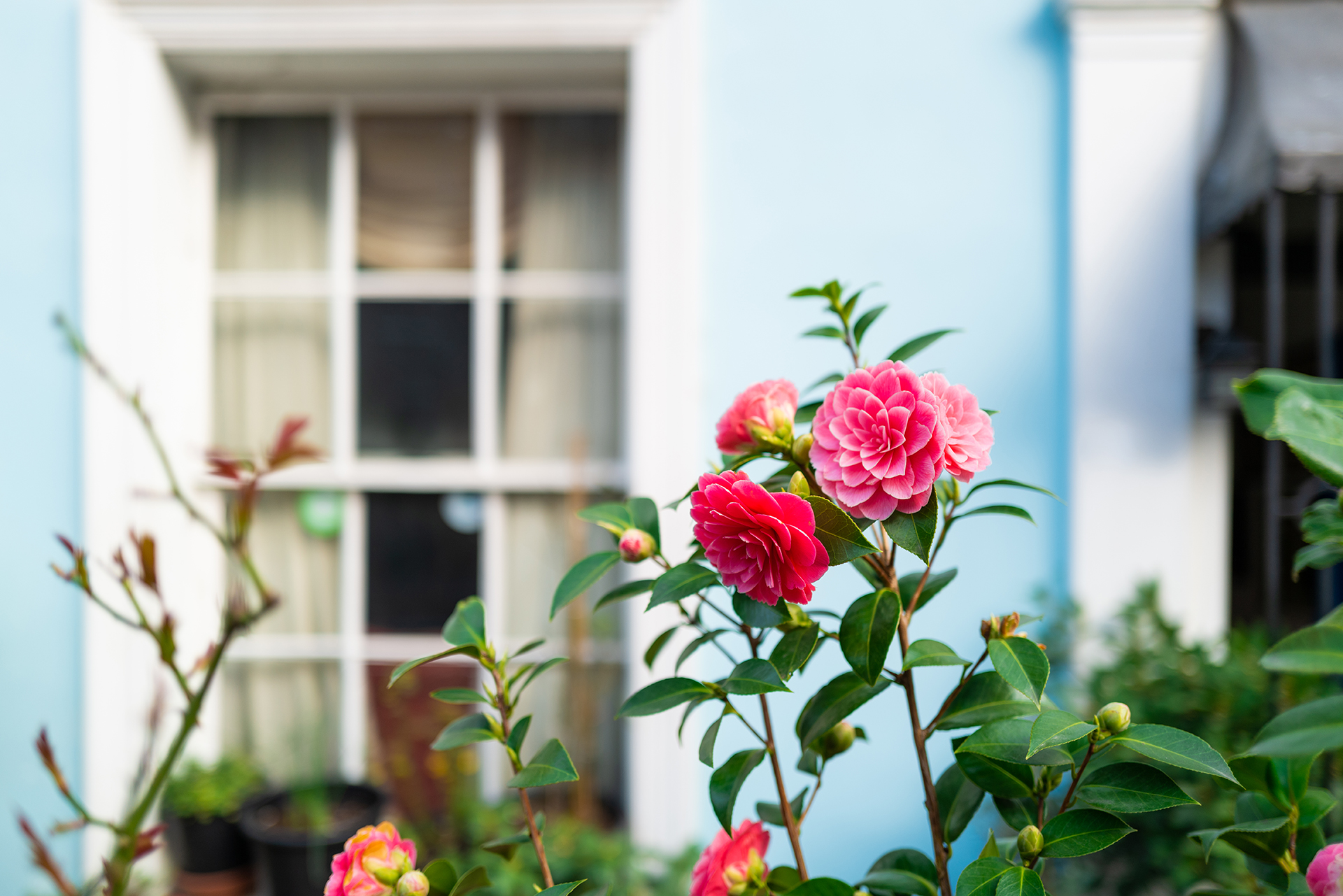
According to The American Camellia Society, when pruning camellias it’s important to prune limbs ‘flush to the feeder branches without leaving nubs. These leftover branches could eventually provide host for disease to enter your camellias.’
To help prevent disease and pests, you need to know how to prune camellias to open up the center of the plant.
‘Thin out some of the branches in the interior of the plant to improve airflow and sunlight penetration,’ says Jen Stark. ‘Look at the inner branches and remove weak or small ones, making sure they're not the main branches in the plant.’
Pol Bishop of Fantastic Gardenersalso advises clearing all the stems from the lower 6-10in. (15-25cm), depending on the plant’s size, of the main trunk to prevent any small stems from touching the ground and infecting the plant with diseases. He adds that a fully grown camellia plant will tolerate drastic pruning without any long-term effects.
As for pruning technique, Tammy Sons, owner of Tennessee Wholesale Nursery, says it’s best to cut to a leaf that is pointing in the direction that you want the branch to grow, keeping in mind the overall shape and look of the plant.
‘You can also choose to remove branches completely that are not growing in the right direction. It’s best to prune a camellia over time – each year cutting back until you reach a shape and size you are happy with,' she adds.
If you maintain them in this way to keep them looking their best, camellias make a great choice as shrubs for the front of the house to improve its curb appeal.
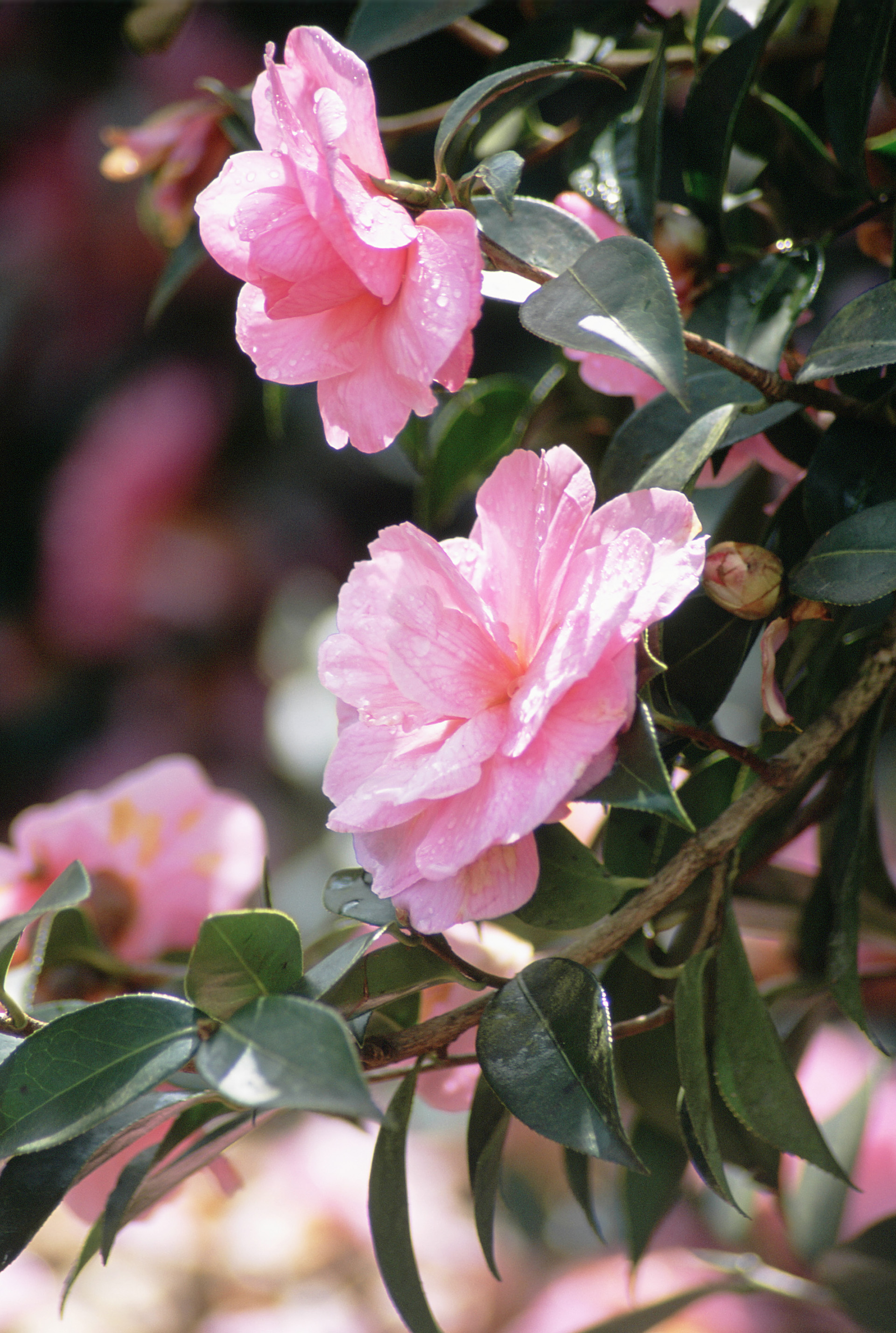
When should I prune my camellia?
Camellias can be pruned in late spring, after flowering to promote healthy bushy growth. This only needs doing every few years and shouldn’t be done on a young plant. They will tolerate being pruned at any time of the year, but they start to grow next years’ buds shortly after flowering, so to ensure that you get blooms the following year, you should ensure not to cut these off.
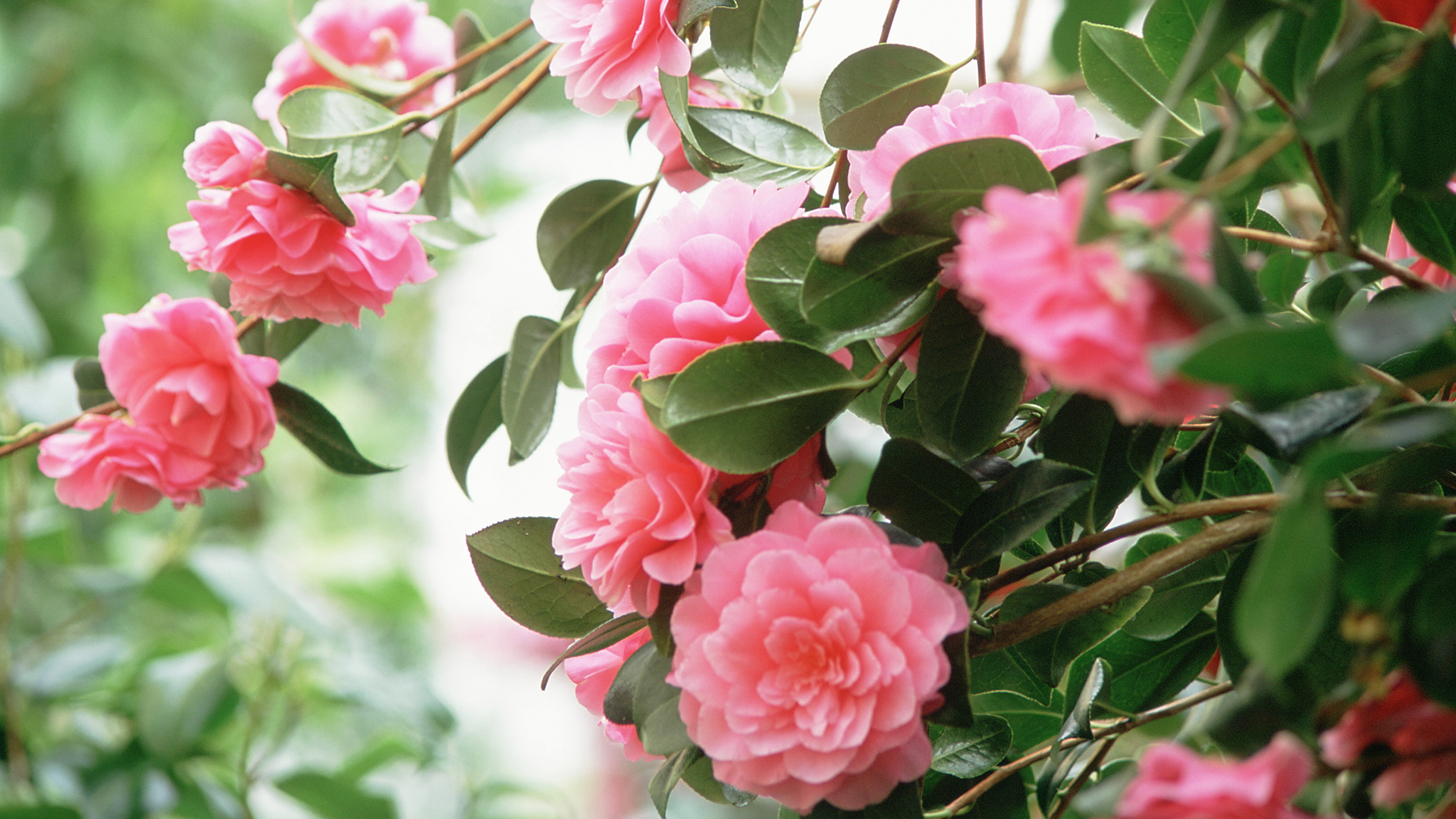
Can camellia's be cut back hard?
Camellias can sometimes be cut back hard. They are very tolerant of pruning, and sometimes it is necessary to prune them back hard to rejuvenate a particularly large or scraggly plant. This may also be necessary if you see the number of blooms start to dwindle each year. They can be cut right back to around 3 foot tall if necessary. This will encourage bushier growth, and more flowers.
What is the best way to prune camellia?
The best way to prune your camellia will depend on the condition that it is in, and its size and age. A young plant, under 4 years old, should not be pruned at all.
It is best to give camellias a light annual prune, just after they have flowered. Remove any material that looks untidy. If you have a plant that has already become unruly and is in poor shape it can be cut back much harder.
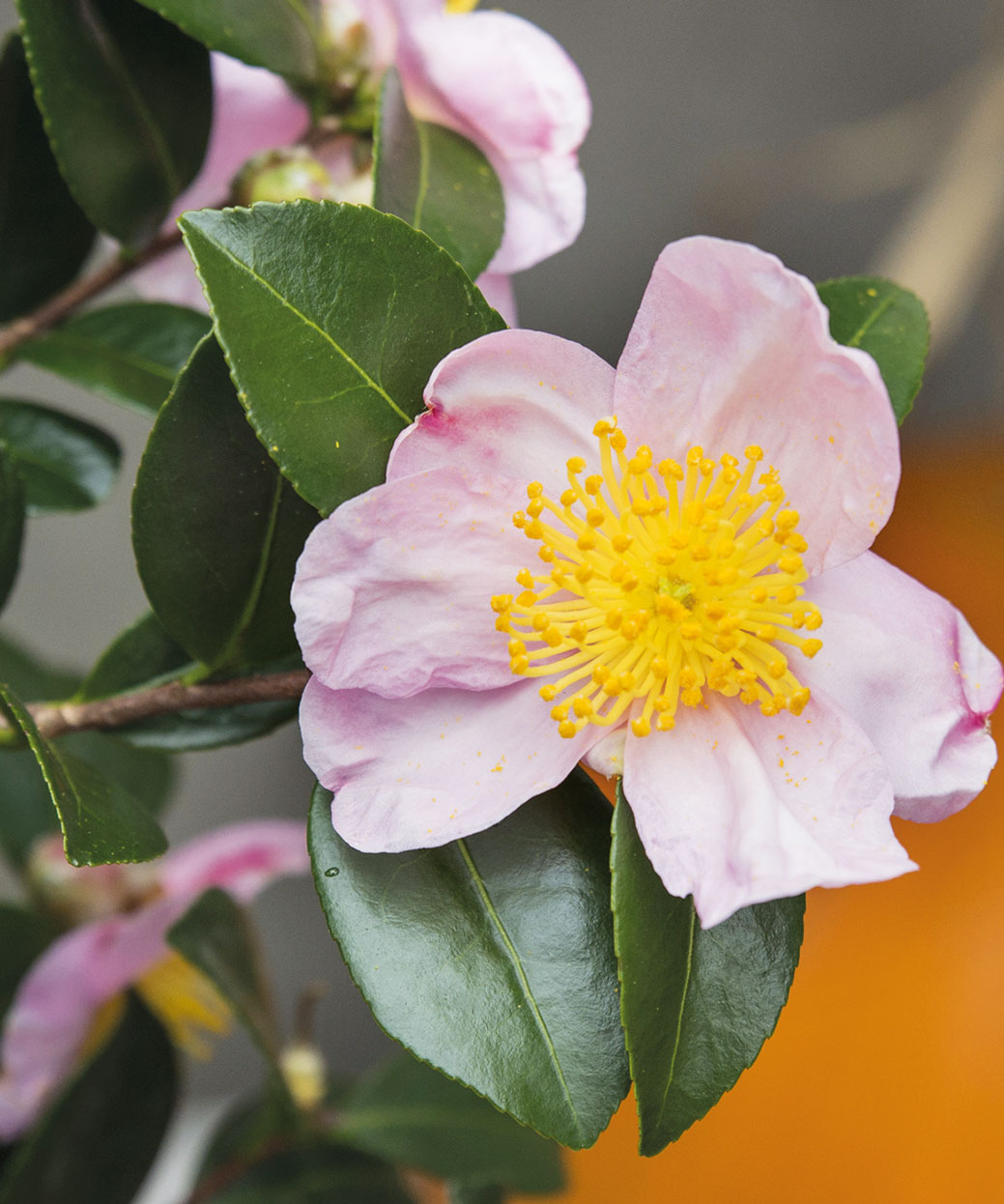
How far back can you cut a camellia?
Camellias can be cut back quite hard, if necessary, although this might compromise blooms for the following year, it should encourage new, strong growth and plenty of flowers in the future. A mature, large camellia can be cut right back to 3 foot tall if necessary to reset its growth and get it under control.
Above all, bear in mind that camellias are strong plants. They usually bounce back well, even after a severe pruning – you just might reduce the number of blooms the following season, that's all.
Sign up to the Homes & Gardens newsletter
Design expertise in your inbox – from inspiring decorating ideas and beautiful celebrity homes to practical gardening advice and shopping round-ups.
Karen sources beautiful homes to feature on the Homes & Gardens website. She loves visiting historic houses in particular and working with photographers to capture all shapes and sizes of properties. Karen began her career as a sub-editor at Hi-Fi News and Record Review magazine. Her move to women’s magazines came soon after, in the shape of Living magazine, which covered cookery, fashion, beauty, homes and gardening. From Living Karen moved to Ideal Home magazine, where as deputy chief sub, then chief sub, she started to really take an interest in properties, architecture, interior design and gardening.
-
 Step up your pool cleaning routine with Beatbot AquaSense 2 Ultra
Step up your pool cleaning routine with Beatbot AquaSense 2 UltraCelebrate National Pool Opening Day by saving up to $618 on a luxurious pool cleaning solution from Beatbot.
By Sponsored
-
 Isabella Rossellini's kitchen defines 'pantry perfection' – her sleek storage method is one of the most beautiful ways to bring order to your shelves
Isabella Rossellini's kitchen defines 'pantry perfection' – her sleek storage method is one of the most beautiful ways to bring order to your shelvesA custom Chilean applewood pantry lines the walls of the Conclave actress's kitchen – you can tap into her stunning technique from $42
By Megan Slack